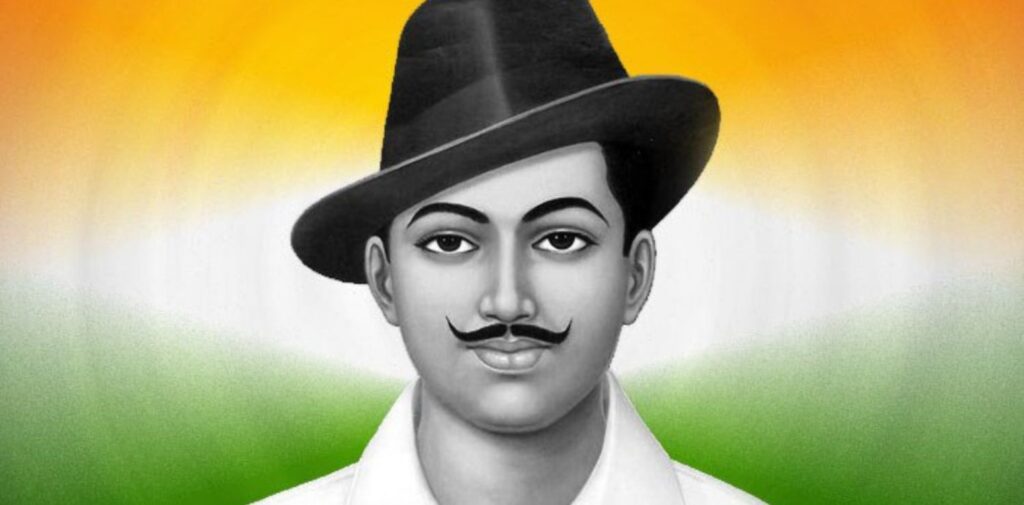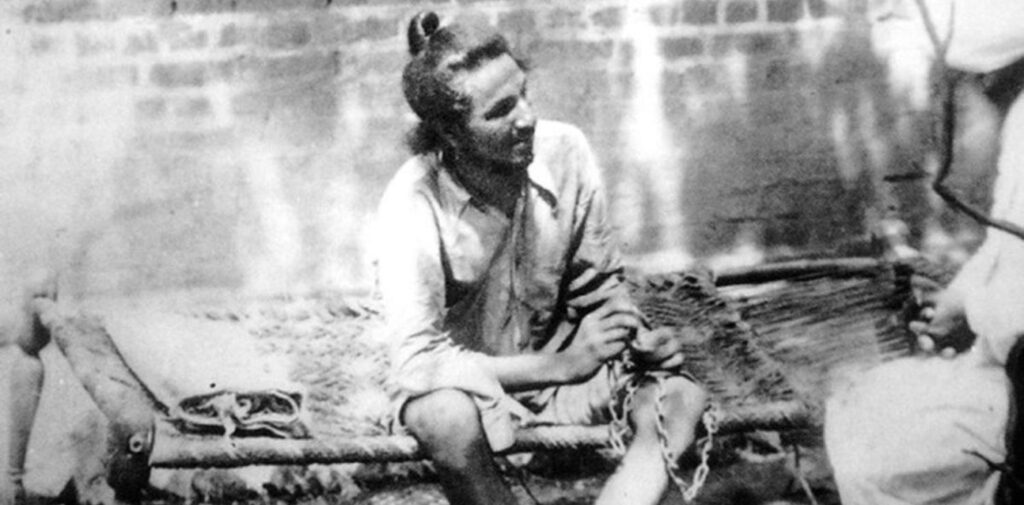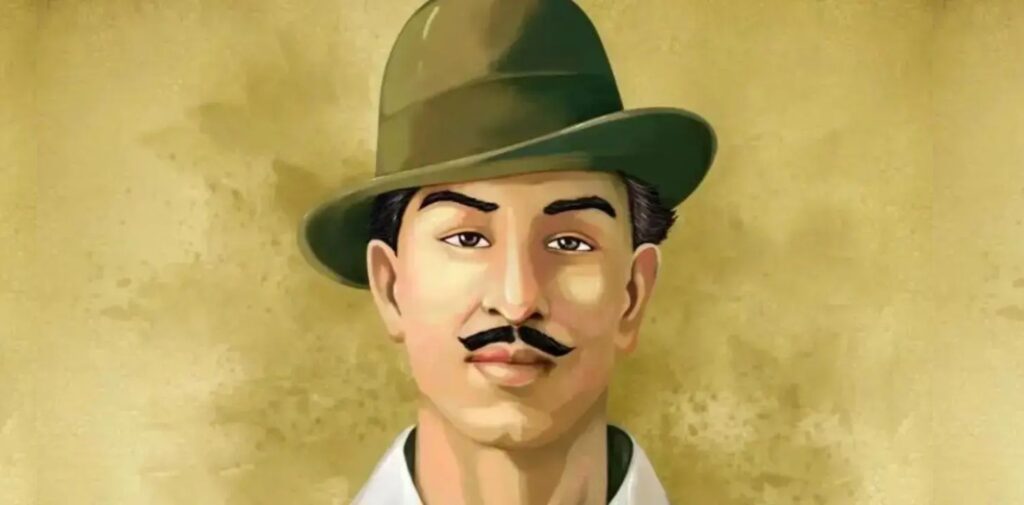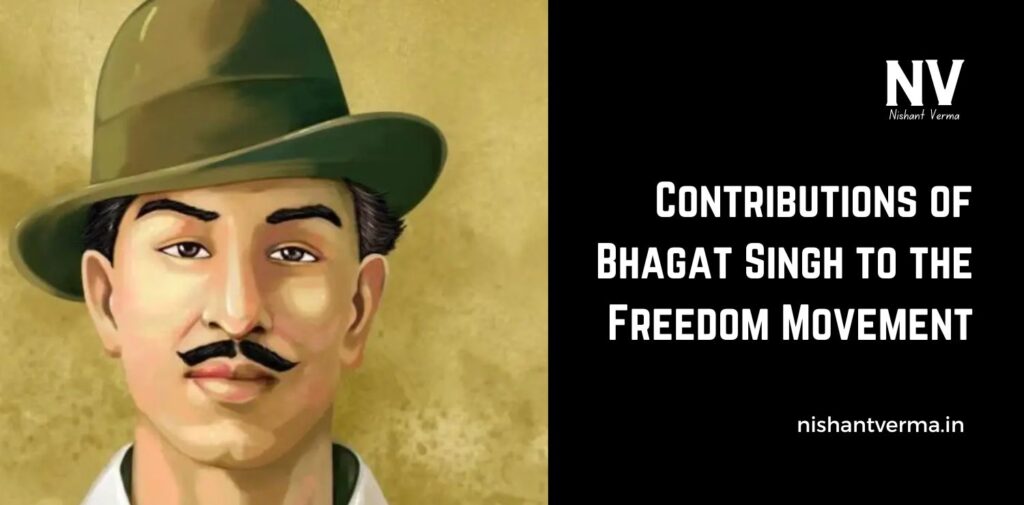Bhagat Singh is one of the most well-known names in India’s struggle for independence. His courage, bravery, and sacrifice have inspired generations of people. Bhagat Singh was not just a freedom fighter; he was a thinker, a revolutionary, and someone who was ready to give up his life for the country’s freedom. Contributions of Bhagat Singh to India’s independence movement were significant, and his legacy continues to inspire millions.
Who Was Bhagat Singh?
Bhagat Singh was born on September 28, 1907, in Banga, a small village in present-day Pakistan. From a young age, Bhagat Singh was deeply affected by the injustices faced by the people of India under British rule. He grew up in a time when many Indians were suffering from British oppression, and he decided early on that he would fight for India’s freedom.
Bhagat Singh was not just an ordinary young man. He was smart, passionate, and loved to read. He studied the works of great revolutionaries and thinkers like Lal Lajpat Rai, Subhas Chandra Bose, and Karl Marx. He also read about the freedom struggles in other countries. This made him believe that India could only become truly free through a revolution, and not by simply waiting for the British to leave.

Bhagat Singh’s Early Life and Inspiration
Bhagat Singh grew up in a family that believed in fighting for justice. His uncle, who was a revolutionary, greatly influenced him. Bhagat Singh was deeply moved by the story of Lala Lajpat Rai, a freedom fighter who was beaten by the police and later died. This incident made Bhagat Singh even more determined to take action against the British.
At the age of 12, Bhagat Singh went to the Jallianwala Bagh in Amritsar, where hundreds of innocent Indians were killed by British soldiers. This event deeply hurt him and made him realize how cruel the British were. Bhagat Singh decided then that he would fight for freedom, no matter what it took.
Joining the Revolutionary Movement
As Bhagat Singh grew older, he realized that peaceful protests were not enough to remove the British from India. He believed that a violent struggle was needed to shake the British government. He joined a revolutionary group called the Hindustan Socialist Republican Association (HSRA), which believed in using force against British rulers.
Bhagat Singh and his friends wanted to create awareness about the brutality of British rule. They believed that if they could carry out daring acts of protest, it would inspire more people to join the freedom movement. One of the most famous incidents that Bhagat Singh was involved in was the Assembly Bombing.
The Assembly Bombing
In 1929, Bhagat Singh, along with his friends Batukeshwar Dutt and Rajguru, threw bombs in the Central Legislative Assembly in Delhi. The goal was not to kill anyone but to protest against the British government’s policies. The bombs were meant to make a loud statement that the youth of India were no longer afraid to challenge the British.
When Bhagat Singh and Batukeshwar Dutt were arrested after the bombing, they used their trial as a platform to spread their message of freedom. They did not plead guilty but instead raised slogans like “Inquilab Zindabad” (Long live the revolution) in court. Their bravery and determination made them heroes among the Indian people.

The Killing of J.P. Saunders
One of the key events that helped Bhagat Singh gain national attention was the killing of J.P. Saunders, a British police officer. This act was in retaliation for the death of Lala Lajpat Rai, who had been beaten by the police. Bhagat Singh and his associates believed that Saunders was responsible for the police brutality that led to Lajpat Rai’s death.
On December 17, 1928, Bhagat Singh and his friends planned to kill James A. Scott, the officer responsible for Lala Lajpat Rai’s death. However, due to a case of mistaken identity, they shot J.P. Saunders instead. This act made Bhagat Singh even more famous and brought him closer to the British government’s attention.
Bhagat Singh’s Time in Prison
After the killing of Saunders, Bhagat Singh went into hiding, but he was eventually caught and arrested. He was charged with the murder of Saunders and other acts of violence. During his time in prison, Bhagat Singh continued to fight for India’s freedom through his thoughts and writings.
He started a hunger strike in prison, demanding better treatment for Indian prisoners. Bhagat Singh and his fellow prisoners wanted to be treated as political prisoners, not as criminals. They also wanted the British to recognize the rights of Indians fighting for their country’s freedom. Bhagat Singh’s hunger strike lasted for many days, and it brought national attention to the cause.
During his time in prison, Bhagat Singh also wrote many articles and essays. He used his writings to spread his ideas about revolution and socialism. Bhagat Singh believed that independence should be for the common people and that all Indians, regardless of their caste or religion, should be united in the fight for freedom.
Bhagat Singh’s Execution
Despite his courage, Bhagat Singh’s fate was sealed. After a long trial, Bhagat Singh, along with Rajguru and Sukhdev, was sentenced to death for the murder of J.P. Saunders. The trial was unfair, and there were many protests against it, but the British government refused to change its decision.
On March 23, 1931, Bhagat Singh, Rajguru, and Sukhdev were hanged. Their execution shocked the whole country, and thousands of Indians mourned their deaths. Bhagat Singh became a martyr for the cause of India’s freedom, and his bravery and sacrifice inspired many others to join the struggle for independence.

Bhagat Singh’s Legacy
Bhagat Singh’s contributions to the Indian freedom movement were immense. He was not just a revolutionary, but also a thinker who believed in the power of education, unity, and socialism. His writings, speeches, and actions continue to inspire people today.
Bhagat Singh’s slogan, “Inquilab Zindabad” (Long live the revolution), became a battle cry for freedom fighters across India. Even though he was young when he died (he was only 23), Bhagat Singh showed that age doesn’t matter when it comes to fighting for what’s right. His courage, patriotism, and dedication to the cause of independence will always be remembered.
Conclusion: Contributions of Bhagat Singh
Bhagat Singh’s contributions to India’s freedom movement were not just about his acts of violence; they were about his courage, his ideas, and his deep love for his country. He showed that a true revolutionary is not afraid to stand up for what is right, even if it means sacrificing everything. Bhagat Singh’s life is a shining example of how determination, sacrifice, and courage can change the world.
Today, Bhagat Singh is remembered as one of India’s greatest freedom fighters. His legacy continues to inspire millions of people who believe in justice, freedom, and equality. Bhagat Singh proved that even in the face of death, the spirit of freedom can never be killed. His story will always live on in the hearts of the people of India.




